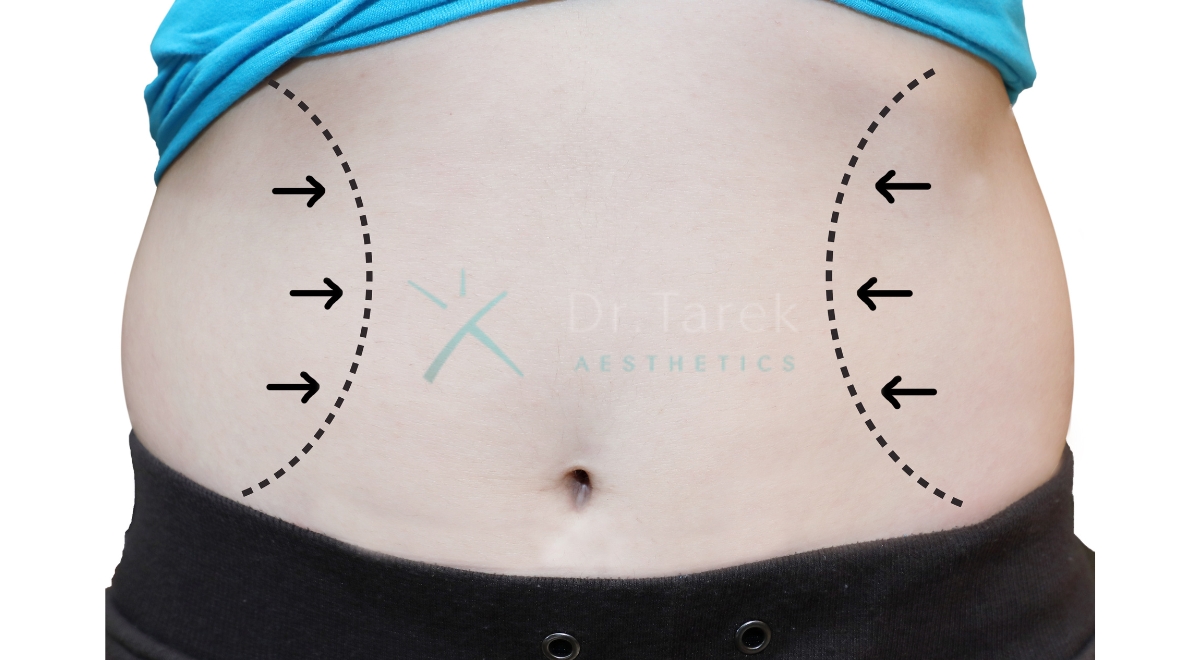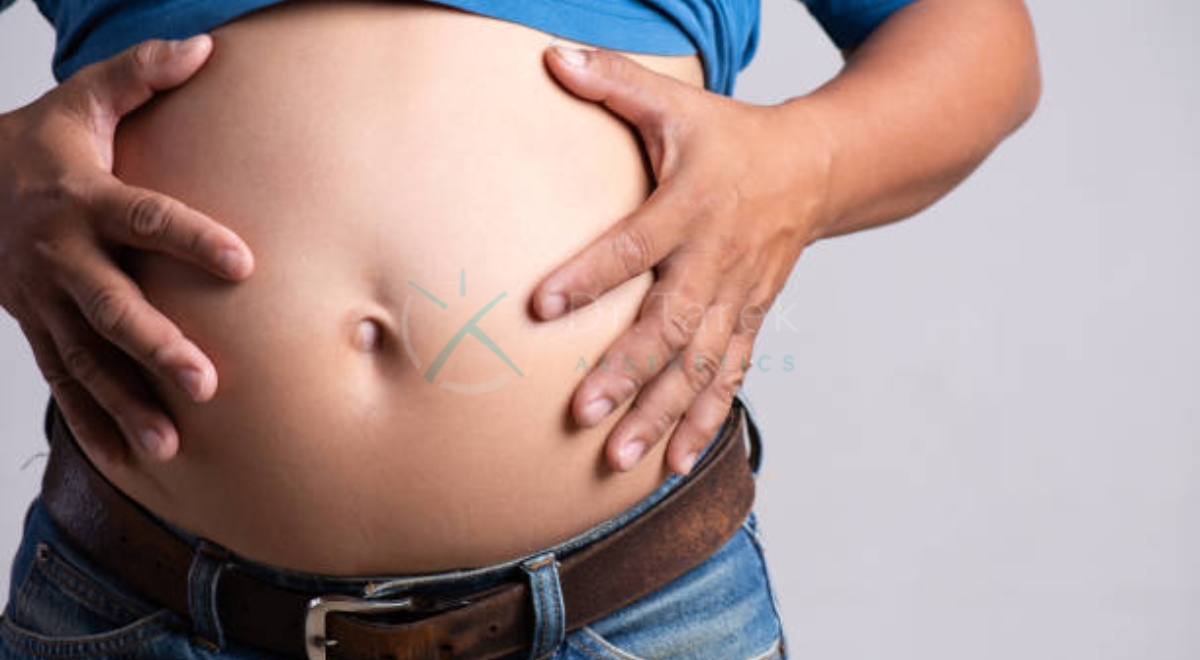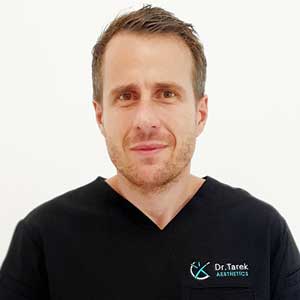When Does Lipo Pain Go Away
Understanding the Recovery Process
Liposuction is a popular cosmetic procedure that helps remove stubborn fat deposits from various areas of the body. While the results can be transformative, it’s essential to understand the recovery process and what to expect in terms of pain and discomfort.
Comprehensive Fat Removal helps get rid of extra fat from different parts of the body Comprehensive Fat Removal can make people look slimmer and feel more confident about their appearance
What to Expect Immediately After Liposuction
After your liposuction procedure, you’ll likely experience some pain, swelling, and bruising in the treated areas. This is a normal part of the healing process. Dr. Tarek, a renowned plastic surgeon, explains that the intensity of these symptoms can vary from person to person.
- Mild to moderate pain
- Swelling and bruising
- Numbness or tingling sensations
- Difficulty moving comfortably
Pain Management Strategies
Managing pain effectively is crucial for a smooth recovery. Your surgeon will provide you with a personalized pain management plan, which may include:
Book A Consultation With Dr Tarek Bayazid
Top-rated Plastic Surgeon For Liposuction in Dubai
Installment Plan Available
- Prescription pain medications
- Over-the-counter anti-inflammatory drugs
- Cold compresses to reduce swelling
- Gentle massage techniques
It’s important to follow your doctor’s instructions carefully to ensure optimal healing and minimize discomfort.
Swelling: When Does It Happen and How Long Does It Last?
Swelling is a natural response to the trauma of liposuction. It typically peaks within the first 48 hours after surgery and gradually subsides over the following weeks. However, some residual swelling may persist for several months.
|
Timeline |
Swelling Progression |
|
0-48 hours |
Peak swelling |
|
1-2 weeks |
Significant reduction |
|
3-4 weeks |
Continued improvement |
|
2-3 months |
Residual swelling resolves |
Factors Influencing Pain Duration
The duration and intensity of pain after liposuction can vary depending on several factors. Understanding these can help you set realistic expectations for your recovery.
The Density of Your Fat Cells
Fat cell density can impact the level of discomfort you experience. Areas with denser fat may require more aggressive treatment, potentially leading to increased post-operative pain.
- Higher density areas: abdomen, flanks, thighs
- Lower density areas: arms, neck, calves
The Thickness of Your Skin
Skin thickness plays a role in how quickly you recover and how much pain you may experience. Thicker skin tends to be more resilient and may result in less discomfort during healing.
- Thicker skin areas: back, buttocks
- Thinner skin areas: face, neck, inner thighs
Looseness of Skin and Cellulite
The presence of loose skin or cellulite can affect your recovery process. These factors may require additional techniques during liposuction, potentially leading to increased post-operative discomfort.
- Loose skin may require longer healing time
- Cellulite treatment can cause temporary increased sensitivity
Week-by-Week Recovery Timeline 
Understanding the typical recovery timeline can help you manage your expectations and plan accordingly.
Week One to Week Three
The first three weeks after liposuction are crucial for healing. Here’s what you can expect:
Week 1:
- Intense swelling and bruising
- Moderate to severe pain
- Limited mobility
Week 2:
- Decreased swelling and bruising
- Pain levels begin to subside
- Improved mobility
Week 3:
- Significant reduction in swelling
- Minimal pain, mostly soreness
- Return to light activities
The Healing Process Requires Patience
It’s important to remember that healing is a gradual process. While most patients see significant improvements within the first month, full results may take several months to become apparent.
- Be patient with your body’s healing process
- Follow your surgeon’s post-operative instructions diligently
- Attend all follow-up appointments to monitor your progress
Tips for Reducing Pain and Swelling
Taking proactive steps can help minimize discomfort and speed up your recovery after liposuction.
How to Reduce Swelling After Liposuction
Swelling can be effectively managed with the following strategies:
- Wear compression garments as directed by your surgeon
- Elevate the treated areas when resting
- Apply cold compresses intermittently
- Stay hydrated to help flush out excess fluids
Self-Care Tips for a Smoother Recovery
Implementing these self-care practices can contribute to a more comfortable recovery:
- Get plenty of rest and sleep
- Eat a healthy, balanced diet rich in nutrients
- Avoid smoking and alcohol consumption
- Engage in light walking to promote circulation
Setting Realistic Expectations
Having realistic expectations about your liposuction results and recovery can help you stay positive throughout the healing process.
Liposuction Results: It’s Worth the Wait
While you may be eager to see your final results, it’s important to understand that the full effects of liposuction take time to develop.
- Initial results may be obscured by swelling
- Skin retraction occurs gradually over several months
- Final contours become apparent after 3-6 months
Scarring and How to Minimize It
Scarring is a concern for many patients. Dr. Tarek emphasizes that modern liposuction techniques result in minimal scarring, but proper care is essential.
- Keep incision sites clean and protected
- Apply silicone-based scar treatments as recommended
- Avoid sun exposure to healing incisions
Alternatives to Traditional Liposuction 
For those seeking less invasive options, there are alternatives to traditional liposuction that may offer shorter recovery times.
Exploring Alternative Liposuction Treatments
Consider these alternative treatments that may result in less pain and faster recovery:
- Laser-assisted liposuction
- Ultrasound-assisted liposuction
- Non-invasive fat reduction techniques (e.g., CoolSculpting)
Each of these options has its own set of benefits and considerations, which should be discussed with a qualified professional.
FAQs
When does lipo pain go away, when does liposuction pain go away?
Most patients experience a significant reduction in pain within the first week after liposuction. However, some level of discomfort may persist for several weeks. The exact duration varies depending on individual factors such as the extent of the procedure and your body’s healing capacity.
How long will I be swollen after liposuction?
Swelling typically peaks within the first 48 hours after liposuction and gradually decreases over the next few weeks. While most visible swelling subsides within 4-6 weeks, some residual swelling can last for several months. Wearing compression garments and following post-operative instructions can help minimize swelling duration.
Is liposuction painful?
Liposuction can cause discomfort, but pain levels vary among individuals. Most patients report manageable pain that can be controlled with prescribed medications. The intensity of pain typically decreases significantly after the first few days, transitioning to a feeling of soreness or tenderness in the treated areas.
How can I reduce swelling after liposuction?
To reduce swelling after liposuction, consistently wear your compression garments as directed by your surgeon. Stay well-hydrated, engage in light walking to promote circulation, and apply cold compresses to the treated areas. Elevating the affected body parts when resting can also help minimize swelling.
What should I expect immediately after the liposuction procedure?
Immediately after liposuction, you may experience swelling, bruising, and some pain in the treated areas. These are normal parts of the recovery process. You might also feel groggy from anesthesia and may need assistance moving around initially. Your surgeon will provide specific post-operative instructions to manage these symptoms effectively.











Related Posts